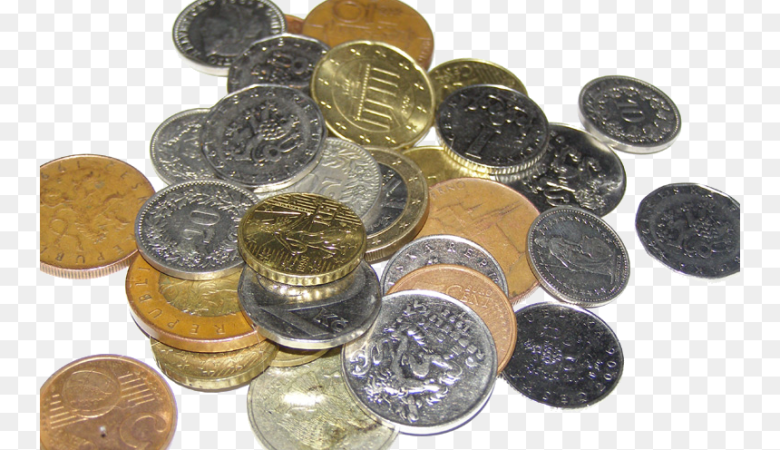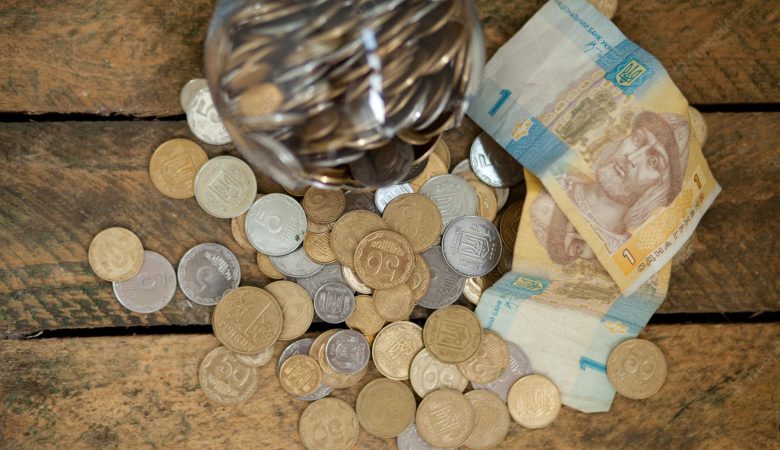What are the names of Indian coins?
India has a coinage system with several denominations, and most of them have unique names. The names of a few popular Indian currency denominations are as follows:
- Paisa: The paisa is the smallest denomination of coin used in India. It’s frequently used for modest purchases, while the rise of digital payments has decreased its usage. One, two, five, ten, twenty, and twenty-five paisa coins are among the paisa denominations.
- Anna: An earlier usage of the word “anna” was to denote a portion of a rupee. The 1 anna, 2 annas, 4 annas (also called a “chavanni”), and 8 annas (sometimes called “athanni”) are common denominations for anna coins.
- Rupee: India’s national currency is the rupee, which is split into 100 paise. The 1 rupee, 2 rupees, 5 rupees, and 10 rupee coins are common denominations.
- Commemorative Coins: In addition, India produces commemorative coins to honor notable individuals, historical occurrences, and holidays. Due to their distinctive patterns and range of values, these coins are highly prized by collectors.
Please be aware that owing to currency changes, inflation, and shifting economic situations, the availability and use of particular coin denominations may vary over time. Additionally, the Government of India and the Reserve Bank of India (RBI) have the authority to add new currency denominations or remove old ones. Therefore, to ensure you have the most recent information on Indian currency denominations, verify with the appropriate authorities or sources.

What are the five different coins of India?
India has five common coin denominations among its many. In India, these are the common coin denominations:
- One Rupee Coin: In India, the one-rupee coin is a commonly used denomination that is frequently used for regular transactions. On one side, it usually has the national emblem of India, the Ashoka Lion Capital, and on the other, other patterns or symbols.
- Two Rupees Coin: The two-rupee coin, which has different patterns on both sides, is also widely used. These patterns, which frequently honor important occasions or Indian symbols, are subject to alter throughout time.
- Five Rupees Coin: A larger denomination coin with potential for many designs and themes is the five-rupee coin. It is extensively used for transactions, just as the one- and two-rupee coins.
- Ten Rupees Coin: A higher value denomination, the ten-rupee coin frequently has unique designs. Transactions take place with it, particularly larger purchases.
- Various Commemorative Coins: India releases commemorative coins in different values to honor notable people, events, and occasions. Depending on the particular commemorative issue, these coins might include values of 20 rupees, 50 rupees, 100 rupees, and more. They also have distinctive designs.
Please be aware that new coins may be released at any time, and that coin designs and denominations may change over time. It’s best to consult official sources like the Reserve Bank of India (RBI) or the Government of India to obtain the most recent information on Indian currency denominations and designs.
Advantages and Disadvantages:
Like any other national currency, Indian coins have benefits and drawbacks. The following are some crucial things to think about:
Advantages of Indian Coins:
- Convenience for Small Transactions: For tiny transactions, where utilizing paper money would not be feasible, coins are very helpful. They come in helpful when you need precise change.
- Durability: Coins may survive for many years and are typically more robust than paper money, which lessens the need for regular replacements.
- Cultural and Historical Significance: The historical people, emblems, and cultural themes seen on coins serve as a physical reminder of a nation’s past and present.
- Collector’s Items: Certain coins, particularly rare or commemorative ones, have the potential to increase in value over time and turn into priceless collector’s goods.
- Easily Recognizable: Because coins have unique sizes, forms, and patterns, even those with varied degrees of literacy and visual impairment may easily recognize them.

Disadvantages of Indian Coins:
- Weight and Bulk: Coins may be cumbersome to transport in big amounts because to their weight, which can be problematic, particularly for larger transactions.
- Limited Value: The usefulness of higher denomination coins is limited since they are less prevalent and frequently not utilized for regular transactions.
- Storage and Sorting: Managing and keeping a lot of coins might be difficult. It might take a while to count and organize them.
- Hygiene Concerns: Coins can be unclean because they can transfer diseases and germs from one hand to another.
- Inefficiency in Digital Age: Physical currency counting and carrying may appear less effective in today’s increasingly digital environment when contrasted to digital payment options, which are often faster and more convenient.
- Frequent Changes: Over time, changes in coin designs and denominations can cause confusion and make older coins outdated.
It is imperative to acknowledge that the benefits and drawbacks of coinage might differ across individuals and are contingent upon contextual factors and personal inclinations. Coins continue to play a vital part in the Indian economy and are still commonly utilized for minor transactions. However, the use of actual coins may change as digital payment options proliferate.





